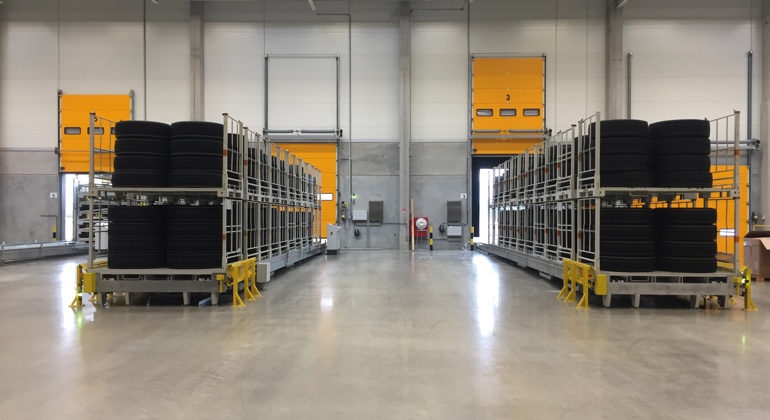Updated 26th November 2025
Just-in-time (JIT) production is an inventory strategy designed to reduce waste, minimise storage requirements and keep goods flowing at the exact moment they’re needed.
In logistics and manufacturing, you may also hear it called just-in-time manufacturing or just-in-time assembly. Originating from lean manufacturing principles, JIT has become a cornerstone of modern supply chain management, but it also places intense pressure on transport, warehouse workflows and material handling reliability.
With over 60 years of experience helping global manufacturers remove inefficiencies and automate high-volume loading, we understand how JIT success depends on eliminating bottlenecks, reducing manual handling risks and ensuring products move from production to transport without delay.
This guide breaks down the fundamentals of JIT, its benefits, its risks, and how automation plays a growing role in keeping lean supply chains stable.
Quick Summary:
- What JIT is: A lean production method where goods are produced or delivered exactly when required, reducing inventory and storage costs.
- Key benefits: Lower working capital, reduced waste, faster throughput and leaner logistics operations.
- Main risks: Supply chain disruption, transport delays, labour shortages and manual handling bottlenecks that can halt production.
- When JIT is the right strategy: Stable demand environments, predictable inbound materials, and operations where space and cash flow are tight.
- How automation supports JIT: Automated Trailer Loading Systems (ATLS) and integrated warehouse workflows reduce delays, improve flow and ensure materials arrive just in time.




















